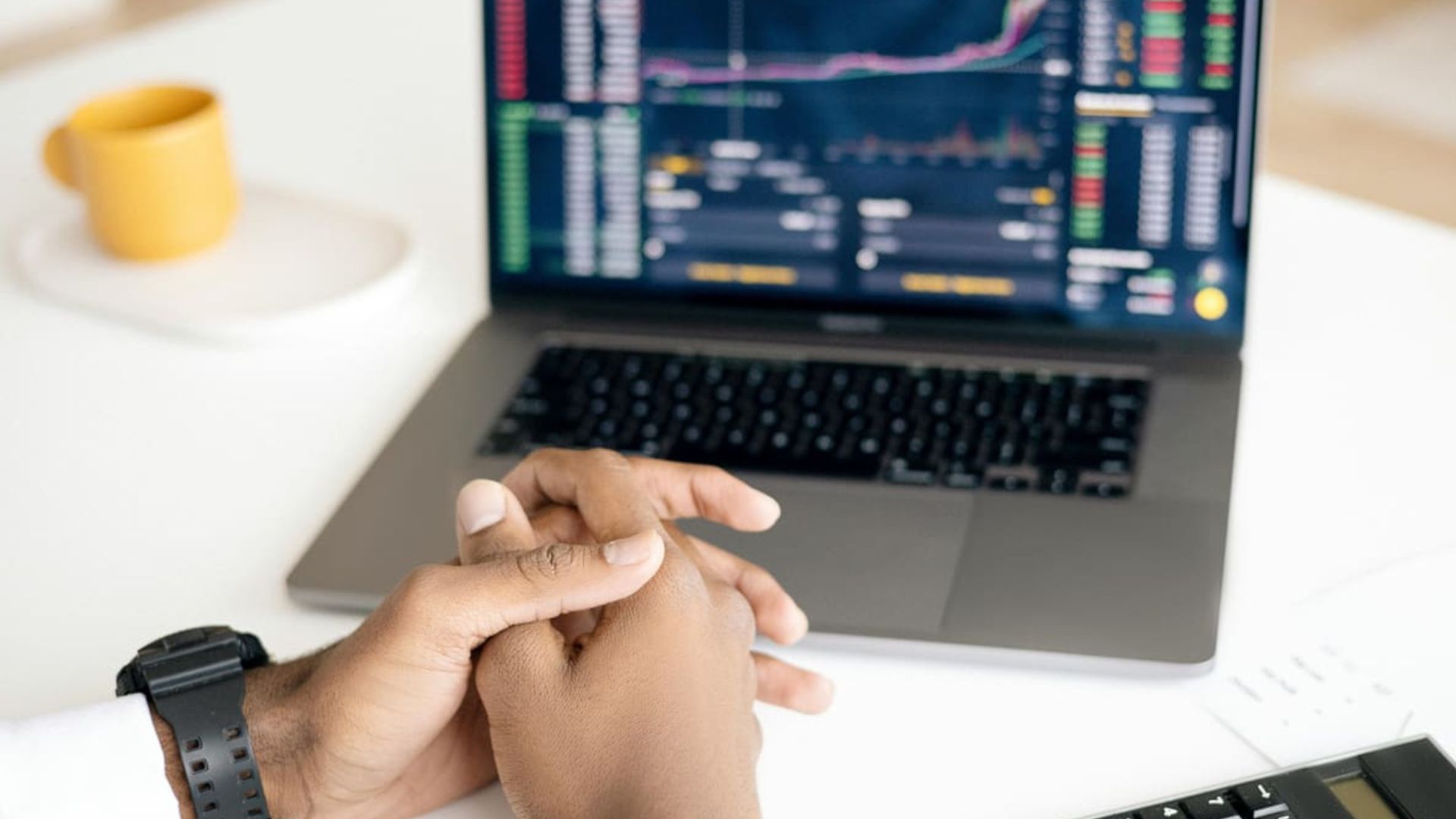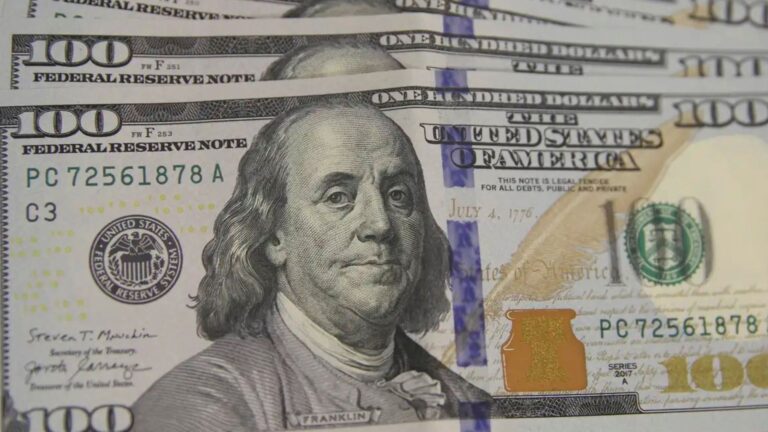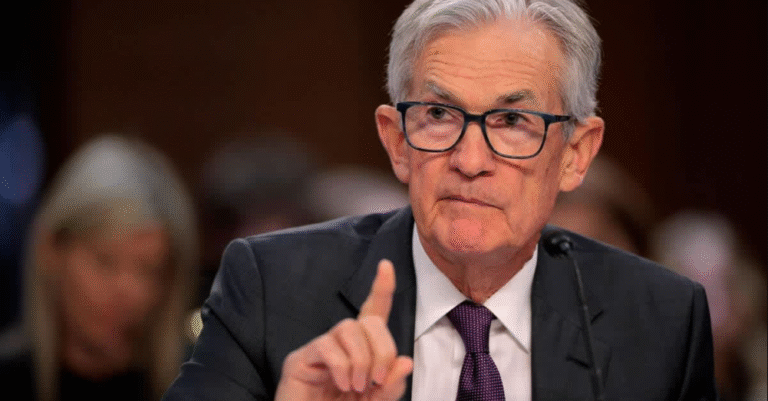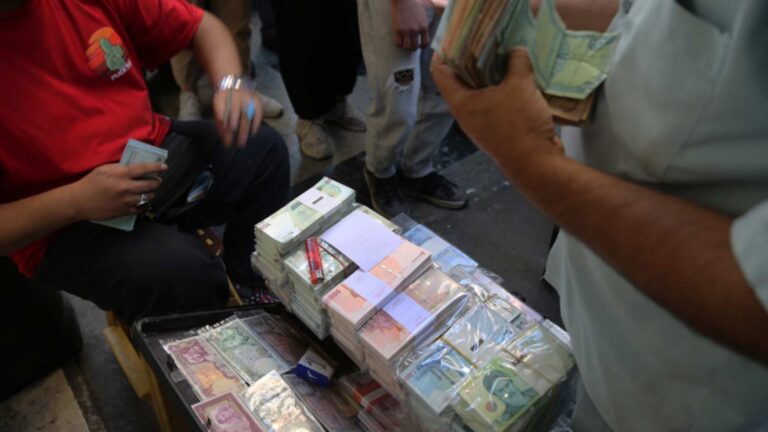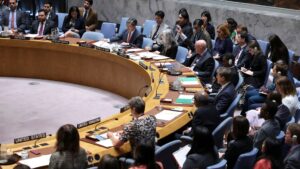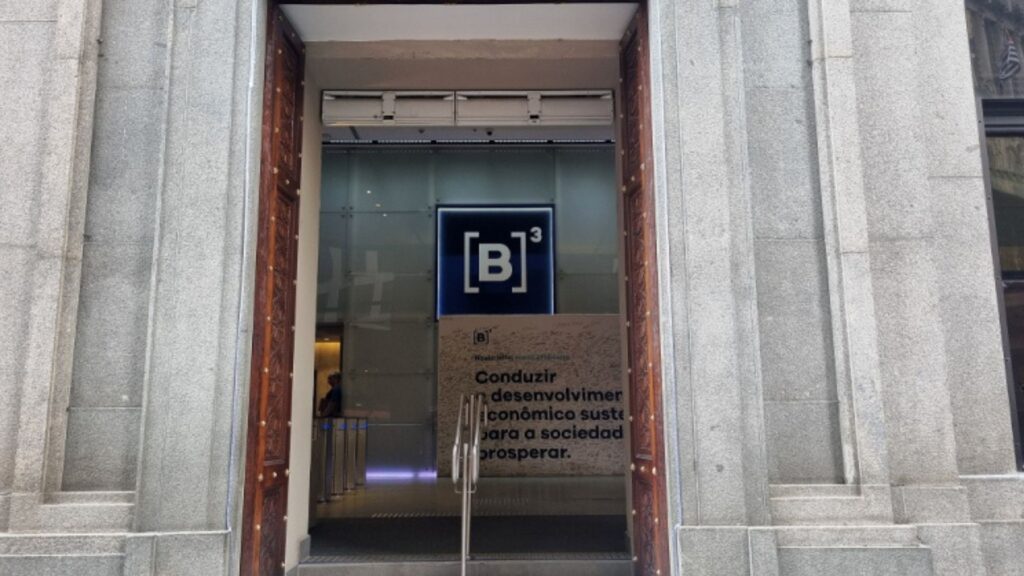
The Ibovespa index ended this Friday (September 19) up 0.25% at 145,865.11 points, marking its fourth new closing record in five trading sessions. During the day, the benchmark hit an intraday peak of 146,398.76, also the highest level ever recorded. Meanwhile, the dollar closed nearly flat at R$ 5.3203, up just 0.03%, completing its fourth consecutive weekly decline against the real.
Weekly Gains Fueled by Fed Rate Cut and Interest Differential
Over the week, the Ibovespa advanced 2.53%, bringing its year-to-date gain to 21.27%, driven largely by the Federal Reserve’s 25 basis-point rate cut to a 4.00%–4.25% target range on Wednesday. The widening interest-rate differential—Brazil’s Selic rate held at 15% by the Central Bank—has made Brazilian assets notably more attractive to foreign investors (O Tempo).
Sector Highlights Propel Record Highs
Banking stocks led the session’s gains, with Bradesco PN up 1.78% and Bradesco ON rising 1.68%, while Itaú PN advanced 1.33%. Electric utilities also saw strong performance: Eletrobras ON jumped 3.16% and Eletrobras PNB climbed 3.08%. On the downside, Marfrig shares plunged 6.74% and Natura fell 4.65%, pressured by company-specific news and profit-taking near record highs (UOL Economia).
Dollar’s Downward Trend Continues
The U.S. dollar has depreciated 0.62% this week and is down 14% this year against the real. Banco BV chief economist Roberto Padovani noted that despite expectations of a stronger dollar—due to U.S. debt concerns and 2026 election uncertainty—the currency lost ground as investors flocked to higher-yielding Brazilian assets (G1).
Geopolitical Optimism Boosts Markets
Optimism from the first call in three months between Presidents Donald Trump and Xi Jinping added to market buoyancy. Trump described the conversation as “very productive,” citing progress on trade, fentanyl control, the Russia–Ukraine conflict, and the TikTok agreement. The leaders agreed to meet at the APEC summit in South Korea in October, reinforcing hopes for easing U.S.–China tensions and sustained capital inflows into Brazil’s markets (Estadão).
Outlook for the Short Term
Analysts warn that while record highs reflect strong external flows and favorable domestic policy, volatility could rise if global risk sentiment shifts. Continued monitoring of Fed communications, China–U.S. relations, and corporate earnings will be key to sustaining the Ibovespa’s rally and the real’s recovery.




